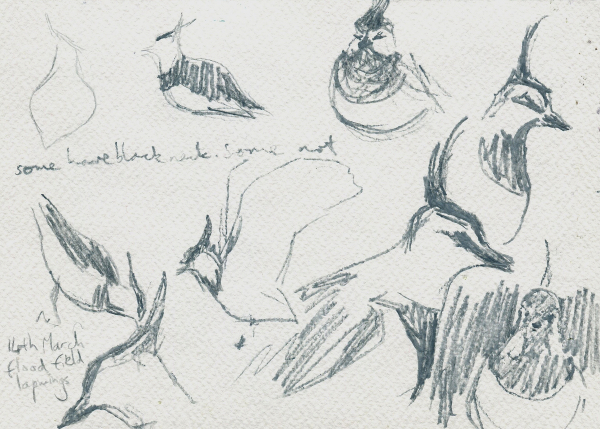Last weekend Jennifer and I were down in London. An eventful journey saw us draw into Kings Cross an hour and a half late. Our first train hadn't started so all passengers were moved onto the next scheduled train - already quite full. Jennifer spent several hours sitting on the floor in first class. I was luckier and found a seat at the far end of the train in the quiet coach. The corridors were too full for us to reach each other.
Galleries
Arriving in London, I went first to the
Fleming Collection near Green Park to see a retrospective exhibition of the work of
James Morrison. He's a Scottish landscape painter, now in his early 80's and still working from his home in Montrose. You see his paintings in most of the annual Scottish exhibitions - the RGI, RSA, RSW, etc. Large oils, always recognisable as a James Morrison. Painted thinly, almost like watercolour. Loose yet detailed. Amazing skies. Very inspiring.
I re-met with Jennifer and we went together to the
Royal Academy to see the Manet exhibition - open until 11pm on Fridays. Members of the
Friends of the Royal Scottish Academy get free entry into all RA exhibitions, and get to skip the queues! It was packed inside but when I got close to certain paintings I enjoyed the strength and confidence of brush marks and the high contrast between light background and dark clothing in some of the portraits. Light-dark contrast always entices one to look at a painting more closely.
Birds in Hyde Park
Saturday was great. A couple hours meandering slowly from Marble Arch tube station to the Natural History Museum. Between the station and Hyde park is a massive horse-head sculpture surrounded by road. In Hyde Park there are beautiful Egyptian geese coloured in the ochres and earth reds of Egypt, and other exotic waterfowl. It was interesting to see birds in London parks much tamer than up here. They must be so used to humans being always around.
I was diverted from my walk by a green woodpecker that I faintly heard call. I rarely see these birds so decided the museum could wait awhile. Having wandered in what I thought was the right general direction I heard a second call, a laughing sound just like the green woodpecker's local British name - the 'yaffle'. A different bird yaffled in reply. I spotted one of the pair in the tree beside me, but high above. Backlit by bright grey sky I couldn't make out the soft green body plumage and could only just see the bright red of its head cap.
Whilst looking for the woodpecker a group of jays were flapping and hopping in trees nearby. Three were close enough that if I'd had my binoculars I'd have had a perfect view. Much less flighty than when I see them in Scotland.
The third (disputably) UK bird of note was the ring-necked parakeet. They're everywhere in London. Not known exactly how they first spread to the UK, they're now firmly established and their population in south-east England is thought to be around 30,000. The ring-necks in Britain are now the most northerly breeding parrot populations in the world. When you're in and around London look up if you hear not very pretty squawking and raucous cries (see film clips
here). You'll hopefully see a bright green bird (very pretty) with a long tapering tail. A ring-necked parakeet. It's likely you'll see whole flocks of them flying to their roosts as night falls.
 |
| pretty pigeons outside Marble Arch tube station |
 |
| horse head sculpture, Marble Arch |
 |
| remains of Hyde Park blossom - hawthorn or cherry I think |
MuseumIn the museum there were even more people there than had been on our train or in the Manet. I spent most of my time learning from old display cases on the anatomy of birds and collections of British minerals and fossils.
Death at Westminster
Through the ornate fencing of Westminster I spotted a scattering of light feathers around a freshly dead black-headed gull (headless!). It may well have been killed by one of the peregrine falcons that have sometimes nested on the tower of Big Ben. More at
www.london-peregrine-partnership.org.uk
Chatting with friends
Back in John's Shoreditch flat we spent the evening chatting and catching up with friends from home who now work in the London area. In the morning I'd done a watercolour sketch of the views from his floor-to-ceiling windows. On John's walls are works from my college years, painted in 2004 - 2006.
 |
| from John's flat, pencil, pen, watercolour, 14.5x21cm |
 |
| imagined worlds, on John's walls, from my college days |
.jpg) |
| imagined worlds, from my college days |
.jpg) |
| imagined worlds, from my college days |





.jpg)
.jpg)

.jpg)
.jpg)





.jpg)
.jpg)